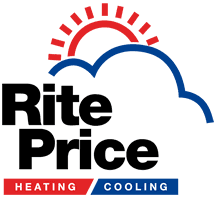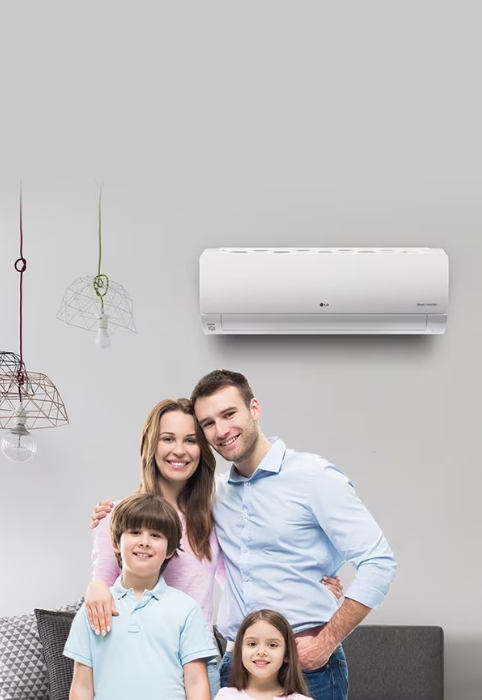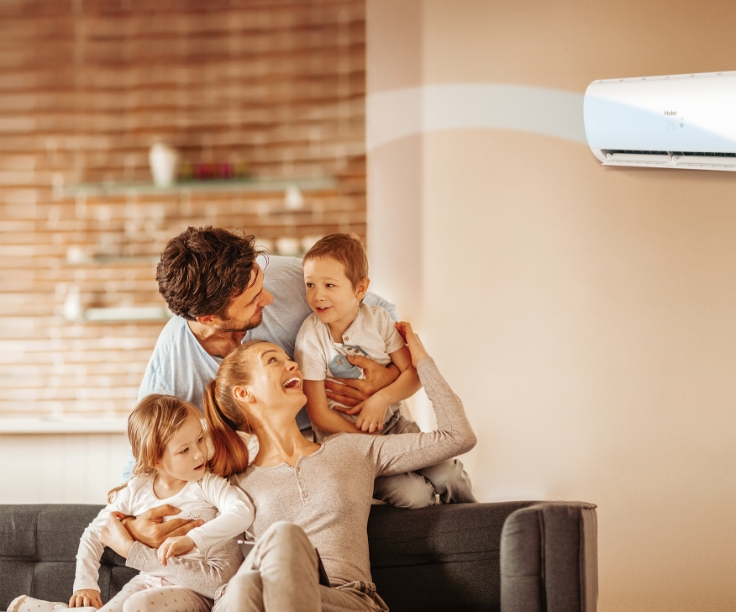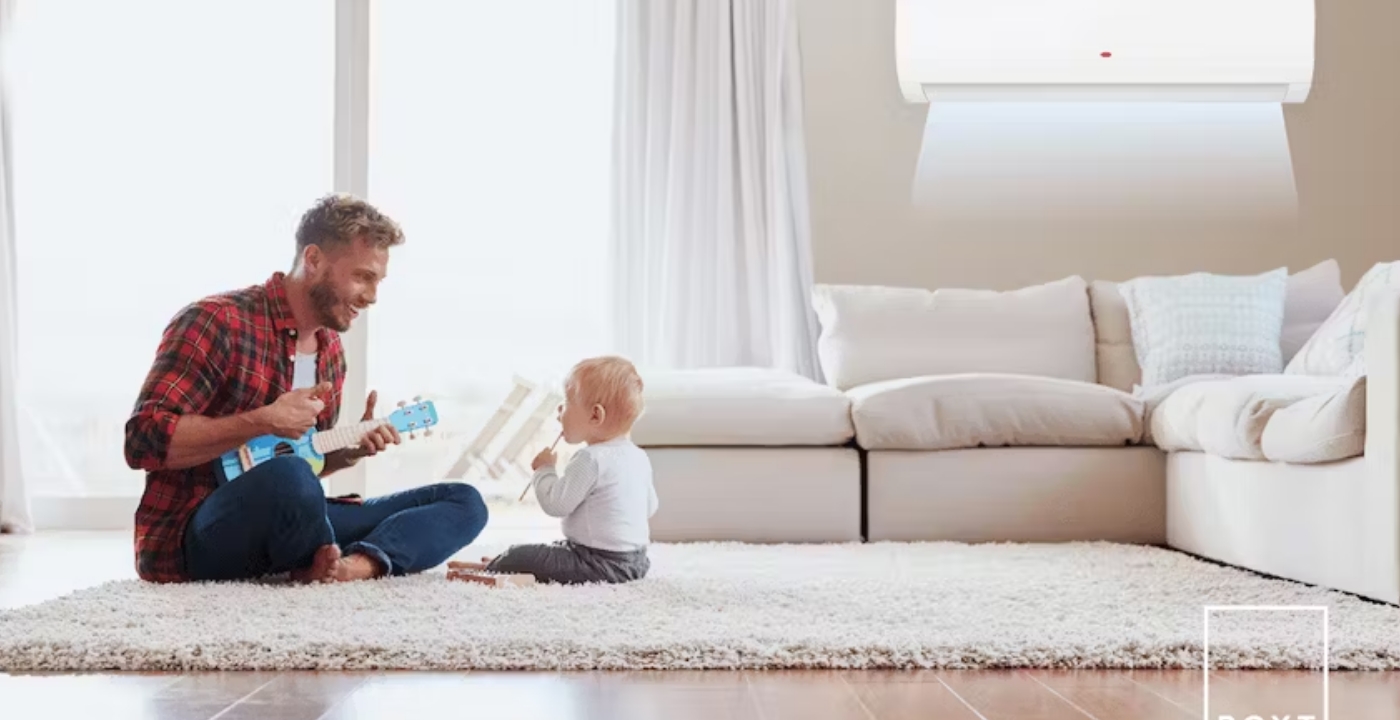What to Look for in Affordable Air Conditioning
One of the things that people endure during summer is the intense heat. This is not much of an issue nowadays as there are numerous air conditioner units that are not only inexpensive, but also energy-efficient. Affordable air conditioning units have become fairly common nowadays. Before, only wealthy people and businesses can afford to install air conditioners. Now, just about anyone can install their own air conditioner in their own room with the help of affordable air conditioning.
Choosing an affordable air conditioning that is Energy-Efficient
The efficiency of an air conditioner is measured by EER or energy efficiency ratio. It refers to the ratio of the cooling capacity to the unit’s power input. The cooling capacity of an air conditioner is expressed in British thermal units (BTU) per hour while the power input is expressed in watts. The higher the unit’s EER rating, the more efficient it is. An increase of 1.0 in an air conditioner’s EER rating represents a 10% increase in the unit’s energy efficiency.
If you are looking to purchase a new air conditioner for your room, you need to know about the unit’s EER, which is usually found on the unit’s EnergyGuide label. Generally, you need to choose the unit that comes with an EER of at least 11. Air conditioner units that come with an ENERGY STAR label are those that conform to the strict energy guidelines mandated by the US Department of Energy and the US Environmental Protection Agency (as well as similar agencies in other countries).
Air conditioners that are rated with an ENERGY STAR utilize at least 15% less energy compared to traditional models. Also, these units usually come with temperature control which enables you to choose the setting that has the minimum energy consumption necessary for cooling down your room. Even cheap air conditioning units nowadays have ENERGY STAR labels.
How to Size a Room Air Conditioner Properly
The required cooling capacity of an air conditioner varies depending on the size of the room. Generally, room air conditioners have cooling capacities ranging from 5,500 BTU per hour to a maximum BTU per hour of 14,000.
Most people tend to purchase an air conditioner that is too large for their rooms, thinking it will cool the room more efficiently. However, that is not the case as an over-sized air conditioner performs less effectively and actually wastes more energy.
Air conditioners function in such a way that they eliminate both heat and humidity from the air. If you are using an oversized unit, it will cool the room much faster, but it cannot fully get rid of the humidity from the air. The result is that the room becomes damp and the air inside it feels clammy. Hence, choosing a properly sized unit helps ensure that the room is efficiently cooled while effectively removing humidity.
Other Important Factors to Consider When Looking for an affordable Air Conditioning
Before you head to the store or browse online for affordable air conditioning equipment, you need to know whether your home’s electrical system meets the power requirements of the unit. Basically, room air conditioners operate on either 115V or 230V circuits. The standard household receptacle is compatible for 230V branch circuit.
Large room air conditioners rated at 115V will need a dedicated circuit while room air conditioners rated at 230V will need a special circuit in order to operate. If you are looking to mount your unit near the corner of a room, it is recommended that you go for the unit that is capable of directing its airflow in the desired direction based on the layout of your room.
If you are looking to mount the unit at the narrow end of a long room, it is advisable that you choose a model that comes with a ‘turbo’ fan mode. This feature can help get the air further into the room. Other features that you need to check include neatly arranged controls, a built-in timer, a thermostat setting in digital format, and a filter that easily slides out for cleaning.
Installing and Operating your affordable air conditioning
In order for you to save energy and money in affordable air conditioning installations, it is best that you plan ahead before you install your air conditioner. When installing the unit, it needs to be leveled. This enables the unit’s drainage system and other mechanisms to work more efficiently.
It is also recommended that you have the unit installed in a shady area on your home’s east or north side. This is because the unit tends to operate 10% less efficiently when sunlight directly hits the air conditioner’s outdoor heat exchanger. In order to add more shade, you can plant shrubs and trees nearby just as long as you make sure they do not block the unit’s airflow.
It is not advisable that you place lamps or a television set near the unit’s thermostat. This is because the thermostat tends to sense the heat from these appliances. This leads to the unit running longer than needed.
Affordable air conditioning does not mean that cooling capacity is also affected. During summer, it is best that you set the unit’s thermostat as high as is comfortably possible. The lesser the difference between the outdoor and indoor temperatures, the lower your energy consumption will be. It is also not advisable that you set the thermostat at a colder setting than normal when operating the unit. Doing so does not cool your room any faster, and you end up incurring unnecessary expenses.
Meanwhile, it is best that you set the unit’s fan speed on high, except on extremely humid days. In order to be more comfortable when humidity is high, it is recommended that you set the fan speed on low. This is because a low fan speed can help cool your room better. It also gets rid of moisture from the air since air movement becomes slow when passing the unit. You can also make use of an interior fan aside from your window air conditioner. This can help spread the cooled air effectively without increasing energy consumption.
Final Thoughts
Always remember that when looking for a means to cool your room, buying and installing a affordable air conditioning unit will not be enough. You also need to know how to operate the unit in such a way that maintenance won’t be a nightmare. This will help you avoid high maintenance costs and replacing your unit much earlier than you intended. Just take note of all the pointers mentioned above and you will be able to maintain your unit without any problem.







